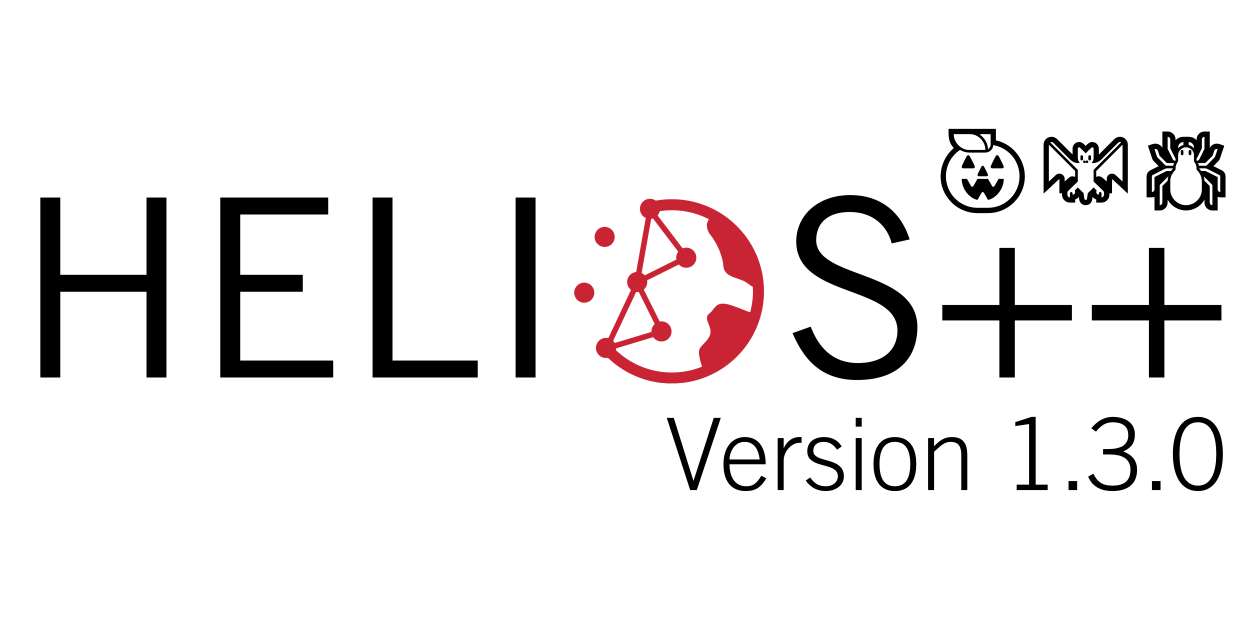Search results for: “LOKI”
-
LOKI at vEGU 2021 on 26 and 29 April
Join us and many European researchers from the Earth, planetary and space sciences in the virtual European Geosciences Union (EGU) assembly from 19 to 30 April 2021! Are you interested in innovative methods and concepts applied to natural hazards? Then join our 2-minute talks on research within the LOKI project on Monday, 26 April, and…
-
LOKI – Video on UAV-based damage assessment combining automated methods with Micro-Mapping
Interested in how earthquake-induced damage to critical infrastructures is assessed in the research project LOKI? Then check out this teaser below! Link to video In the LOKI project (Luftgestützte Observation Kritischer Infrastrukturen; Airborne Assessment of Critical Infrastructures), an interdisciplinary system that enables fast and reliable airborne situation assessments following an earthquake is being developed by…
-
New project: LOKI – Airborne Observation of Critical Infrastructures
On Feb 12, 2020, the kick-off meeting for the newly funded BMBF project LOKI – Airborne Observation of Critical Infrastructures (Luftgestützte Observation Kritischer Infrastrukturen) was hosted by the GIScience and 3DGeo research groups of Heidelberg University. The aim of the LOKI project is to develop an interdisciplinary system that enables fast and reliable airborne situation…
-

🦇 Halloween release of HELIOS++, v1.3.0
We proudly present our Halloween release of HELIOS++, Version 1.3.0: https://github.com/3dgeo-heidelberg/helios/releases What’s new in this release? HELIOS++ now supports LiDAR simulation of dynamic scenes. We can now simulate laser scanning of scenes that change during the simulation. This is done by introducing rigid motions, which are defined with XML syntax in the scene XML file.…
-
Assessing Completeness of OpenStreetMap Building Footprints Using MapSwipe
Natural hazards threaten millions of people all over the world. To address this risk, exposure and vulnerability models with high resolution data are essential. However, in many areas of the world, exposure models are rather coarse and are aggregated over large areas. Although OpenStreetMap (OSM) offers great potential to assess risk at a detailed building-by-building…
-
Improved Performance of HELIOS++ using High Performance Computing Techniques
The software HELIOS++ simulates the laser scanning of a given virtual scene that can be composed of different spatial primitives and 3D meshes with distinct granularity. The high computational cost of this type of simulation software demands efficient computational solutions. Classical solutions based on GPU are not well suited when irregular geometries compose the scene…
-
Einführung in die Laserscanning-Simulationssoftware HELIOS++ bei der FOSSGIS Konferenz 2022
Vom 9. bis zum 12. März 2022 findet die jährliche FOSSGIS Konferenz statt, die führende Konferenz für Freie und Open Source Software für Geoinformationssysteme und Open Data im deutschsprachigen Raum. Im Themenbereich 3D und LiDAR wird die 3DGeo Gruppe mit Beiträgen zur Open Source Software HELIOS++ vertreten sein, die der Simulation von Laserscanning dient. Am Freitag,…
-
New Paper: Correspondence-driven plane-based M3C2 for lower uncertainty in 3D topographic change quantification
Check out our new paper presenting a novel approach (correspondence-driven plane-based M3C2) to lower the uncertainty in 3D topographic change quantification (get free access here until 2 February 2022) Zahs, V., Winiwarter, L., Anders, K., Williams, J.G., Rutzinger, M. & Höfle, B. (2022): Correspondence-driven plane-based M3C2 for lower uncertainty in 3D topographic change quantification. ISPRS…
-
MapSwipe is App of the Day in Apple AppStore
MapSwipe has ben announced as ‘App of the Day‘ in the Apple AppStore! (27.08.2021) Thank you to all our volunteers for the continued help and support which keeps the app going. Read the blogpost here: https://apps.apple.com/ca/story/id1559236909 The team at the Heidelberg Institute for Geoinformation Technology (HeiGIT) and the GIScience Research Group at Heidelberg University has shaped MapSwipe’s…
-
Open Data + Open Software – A perfect match
On 1st March 2021, the Swiss Federal Office of Topography (SwissTopo) released all official geodata according to the principles of “Open Government Data (OGD)”. With this step, Swisstopo is making large volumes of high quality geodata freely accessible. We are most excited about the 3D data, which includes digital surface models, digital terrain models and…
-
HELIOS++ 1.0.0 Software & Preprint Release
The 3DGeo Research Group is proud to announce the release of their novel ray-tracing based laser scanning simulator HELIOS++! HELIOS++ is a general-purpose simulation software for virtual laser scanning data acquisition. Such data can be used to complement real data in many use cases. Some examples include the generation of training data for machine learning,…
-
OSM completeness mapping for airborne situation assessment following an earthquake
As part of the LOKI project (Luftgestützte Observation Kritischer Infrastrukturen), a first test run of a newly launched OpenStreetMap (OSM) completeness mapping project in MapSwipe has been conducted yesterday. The aim of the LOKI project is to develop an interdisciplinary system that enables fast and reliable airborne situation assessments following an earthquake. The system will…


